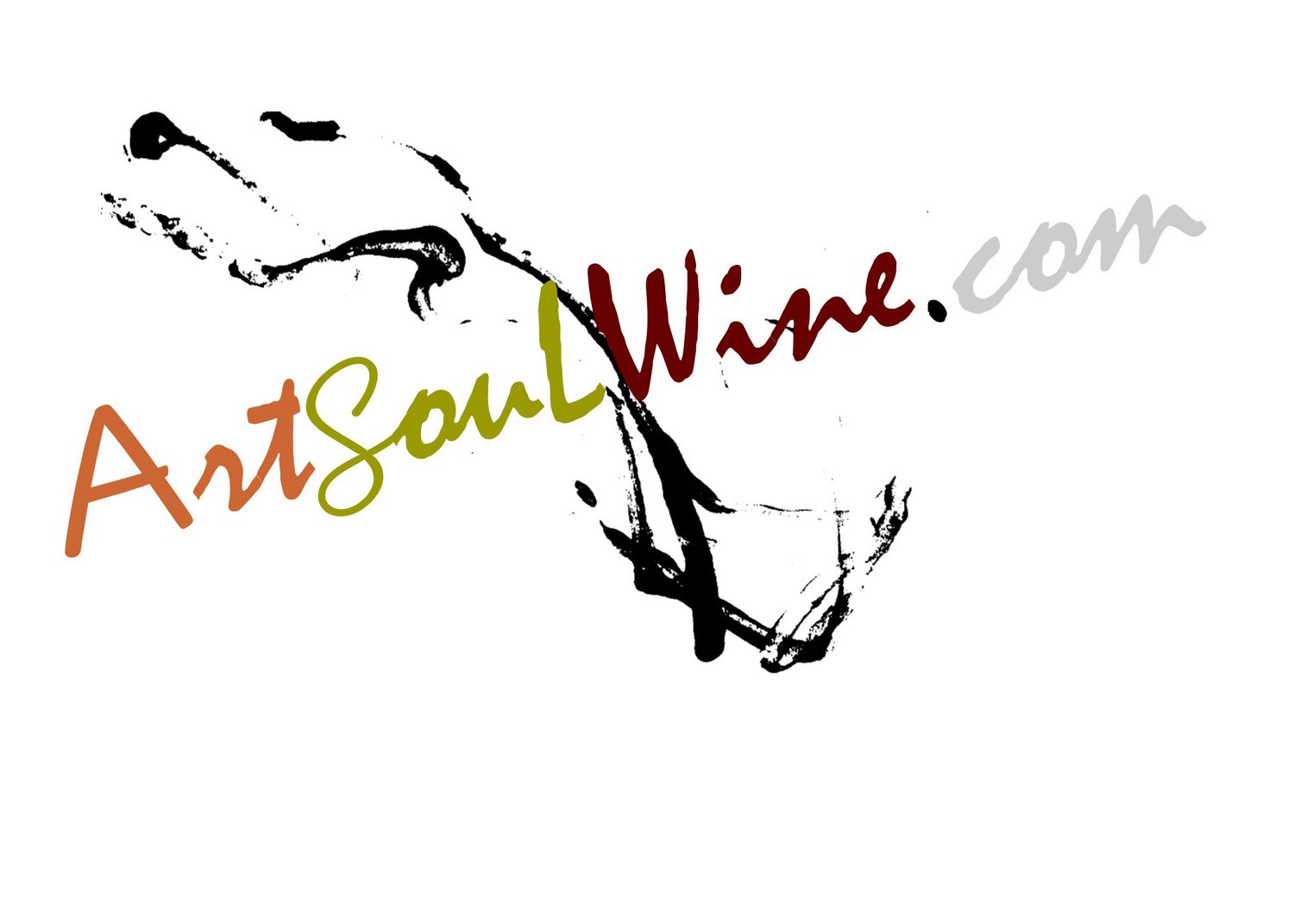Above: Paso Robles actually experiences two types of climates. One is dictated by the hot, dry weather of the high California desert. The other is more “Mediterranean,” influenced by the Pacific Ocean 25 miles to the west. In general, the area only gets about 14 inches of precipitation annually.
Before Nicholas Longworth planted the vines along the Ohio River that would make Ohio the top wine producer during the nation’s first century, Franciscan monks were planting grape vines in an area of California called El Paso de Robles (The Pass of the Oaks.) Their first vineyards in the late 1700s also predated Napa Valley’s to the north, now world-class wine country.
For some reason Paso got a slow start in the wine industry, not cultivating on a commercial scale until 1882, and it was Andrew York, from Indiana, who got the ball rolling then by turning his apple orchards into vineyards. This original commercial winery is now York Mountain Winery. By this time Ohio’s wine business had flourished and died after the Civil War took over the labor force, disease destroyed much of the wine crop and murmurs of temperance grew louder. Some of Napa’s well-known names had established successful vineyards by the end of the 1870s: Krug, Schramsberg, Beringer and Inglenook. It may be that Paso’s enterprises focused on other assets—like sulphur springs.
The Salinan Indians inhabited the Paso region for thousands of years and called it “The Springs.” The area was part of the Mexican land grant called Rancho Paso de Robles, which included the Camino Real. The aforementioned Franciscan monks had also built baths utilizing the springs. The land, more than 25,000 acres, was purchased in 1857 by Daniel and James Blackburn for $8,000, and they developed the springs further as a rest stop for travelers.
The first hotel featuring a bath house with hot springs was constructed in 1864, and people from neighboring states, the Pacific Northwest and the south came to Paso for “the waters.” Drury James, the third partner with the Blackburns, was outlaw Jesse James’ uncle. Jesse James stayed with his uncle for a time and used a local cave as a hideout when the law came looking for him. That cave is located on what is now Peachy Canyon Winery.
Twenty-two years after the original hotel was built, Paso Robles became a new stop on the Southern Pacific Railroad. Leaders platted an actual town and held a land auction. A new hotel with a golf course and other amenities catered to wealthier visitors seeking hot springs treatments. In 1914 a renowned pianist, Ignace Paderewski, received springs treatments for arthritis at the hotel and was able to resume his concerts. More notable visitors followed over the next three decades: President Theodore Roosevelt, members of the Hearst family, actors (Clark Gable, Douglas Fairbanks and Bob Hope among others) and sports teams like the Pittsburgh Pirates.
At the beginning of the 20th century, more families settled in the area and planted grapes, primarily Zinfandel and Petit Syrah, of which some vines are still producing today. One of those settlers was Paderewski the pianist/composer, whose award-winning wines help establish the area’s credibility and reputation. Today there are more than 250 wineries in the 614,000 acres of the Paso Robles AVA (American Viticultural Area) growing 25 varieties of grapes. This area is known mainly for its reds, with 39 percent of the grapes Cabernet Sauvignon; 14 percent Merlot; 9 percent Syrah; 8 percent Zinfandel; 16 percent are Petit Sirah, Cabernet Franc, Grenache, Petit Verdot and other reds. Paso Robles was named Wine Enthusiast magazine’s “Wine Region of the Year” for 2013.
Three wineries this writer visited have different histories and environments, but all are focused on producing quality wines.
Sextant Wines farms 486 acres of vines in the Paso Robles (114 acres,) Edna Valley and San Lucas AVAs in California. Owners Craig and Nancy Stoller established Sextant in 2004. Stoller’s family owns a nursery that specializes in importing and growing European grape vines to supply to growers here. He decided to try harvesting and making use of the grapes that grew on the stock vines, which led to developing his own winery, now producing 30,000 cases per year.
The Sextant label produces mostly reds but also make Chardonnay, Grenache Blanc and Albarino. The red selection includes Cabernet Sauvignon, Zinfandel, Syrah, Pinot Noir, Tempranillo, GSM (a Rhone blend of Grenache, Syrah and Mourvedre) and a Marselan (a French grape of Cabernet Sauvignon crossed with Grenache.) Their wines receive regular praise from Wine Enthusiast and Wine Spectator.
The “stand-out” wines from the tasting included the 2012 Marselan, which was earthy and reminded this writer of a red Burgundy-style wine; the 2010 Caverio GSM, which was Grenache-based, spicy and was soft enough to be food-friendly; the 2010 Passage GSM, with rich, complex flavors ranging from blackberry to peppery spice.




















